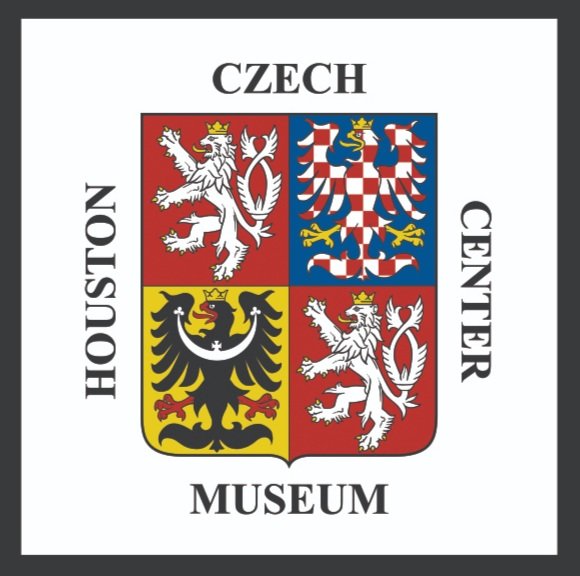Karlštejn Castle was built by Bohemian King and Holy Roman Emperor Charles IV to house holy relics and the crowns of the kingdom and empire. Karlštejn Castle consists of three different levels, those being the Imperial Palace, the Marian Tower, and the Great Tower. Throughout the castle, Karlštejn housed many jewels and precious stones, symbols of royal authority and legitimate monarchy. Karlštejn Castle remains a cultural, historical, and architectural icon in central Europe and the Czech Republic.
A History of Czech Feminism
The once egalitarian, agrarian society of Bohemia became ruled by the Hapsburg Dynasty, causing a regression in women’s rights until Christianity helped improve their lives. The National Revival brought the creation of Czechoslovakia and greater rights for women. When communism came, rights improved in some ways and did not in others. The change to a capitalistic democracy brought further changes.
Charles IV and the New Town
For his time in the 14th century, King of Bohemia Charles IV was one of the most progressive rulers in his time. His greatest contribution to Czech culture is his urban plan for Prague, entitled New Town, or Nové Město. He centered the people of the town in his plans and centralized the working class members of society into New Town, which made it a hub for business and merchant activity. His establishment of Charles University also brought about many major institutional changes throughout Bohemia’s history.
Memento Mori
Jan Hus: Czech Reform Theologian
Only a few years before Jan Hus was born, the Middle Ages came to a close. The term "Middle Ages" is used by modern scholars to reference a specific period in history. It began roughly with the collapse of Roman civilization around the 5th Century CE to the Renaissance. There are a few conflicting starting points for the Renaissance period. Depending on the location in Europe, the Renaissance started around the 13th, 14th, or 15th Centuries.










